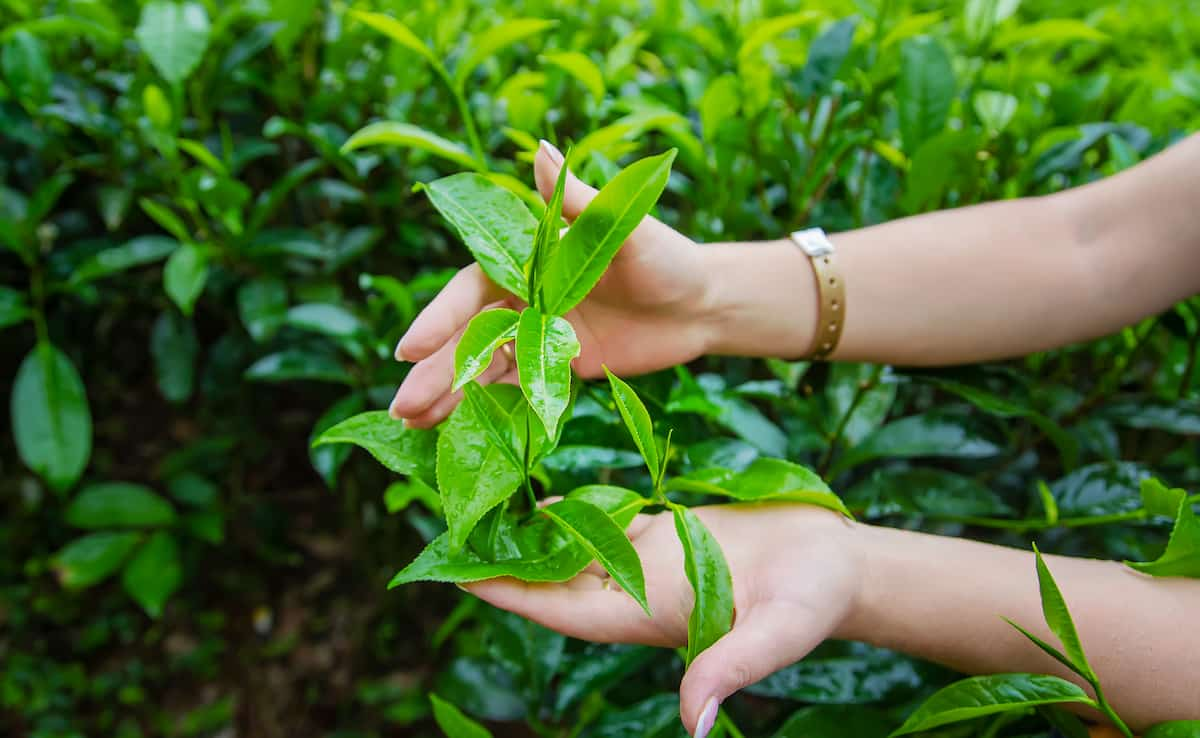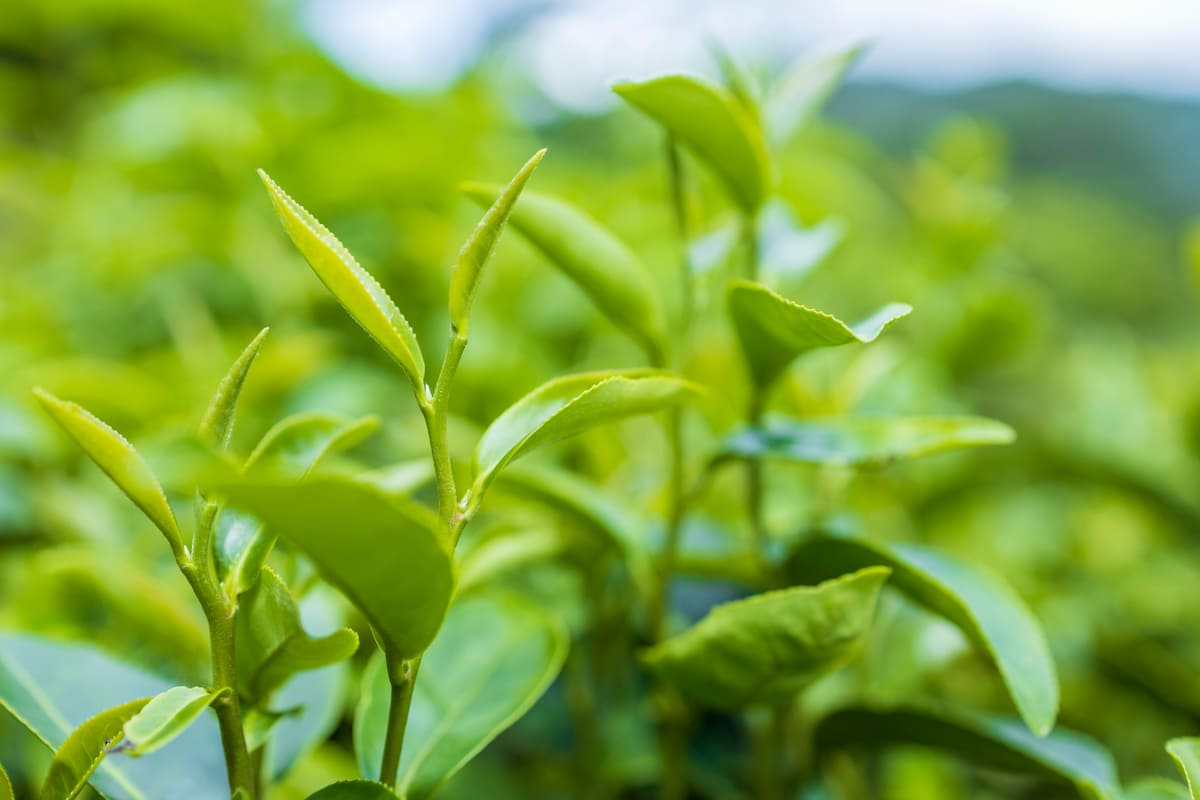Tea is one of India’s most popular and cherished beverages, commonly called “chai.” It is a staple in almost every household in the country, with its distinct aroma permeating throughout. India boasts vast tea estates and plantations in picturesque hill stations, renowned for their unique and diverse flavors. Exploring these tea plantations is a must-do for any tea enthusiast. The Indian tea industry has grown tremendously and is home to several global brands. It is now one of the world’s most technologically sophisticated tea industries.

The Tea Board of India regulates all tea production, certification, and exportation aspects. Tea is produced from the dried leaves of a bush, and the largest tea-growing region in the world is Assam, India. The region’s low altitude, rich loamy soil, abundant rainfall, and unique climate combine to produce some of the finest orthodox leaf teas. The plant contains theine, resulting in an inexpensive and stimulating beverage brewed with boiling water, sugar, and milk. It makes tea the most important beverage crop in India.
1 Acre Tea Cultivation Project Report in India
Market and Demand for Tea Cultivation
After China, India is the world’s number two supplier of tea. With the country being one of the leading tea consumers, accounting for nearly 20% of global consumption, it is no surprise that the demand for tea cultivation is high. However, due to the high domestic consumption, the annual growth of exports from India is only moderate. The industry’s growth is aided by the convenience of its distribution channels, including local provision stores, supermarkets, and online channels.
Consumers increasingly prefer packaged tea over unpackaged tea due to the perceived superior quality of the former. Domestically, almost 80% of the total tea output is consumed. Over the last decade, tea consumption in India has increased significantly per capita. The growing popularity of cafes and lounges, which primarily serve variations of beverages, is expected to drive the industry in the coming years.
The middle class is also becoming more experimental with tea blends, providing an impetus for the growth of segments such as fruit, herbal, and other specialty varieties. Globally, the tea market size was valued at INR 40 88,100.44 Lakhs in 2020 and is projected to reach INR 51, 11,608.25 Lakhs by 2027, registering a CAGR of 6.6% from 2020 to 2027.
Green tea is expected to witness robust growth in the coming years as its consumption increases due to people’s growing awareness of its health benefits. The growing demand for tea in India can be attributed to many reasons, including rising disposable income and shifting consumer preferences.
Best High Yield varieties for Tea Cultivation
- TV1: The Nilgiri hills of South India are home to a large tea industry, and this particular tea plant variety is renowned for its high yields and good quality. TV1 is a low-maintenance choice due to its immunity to common pests and illnesses.
- Growing regions for UPASI 9 include the Nilgiri and Anamalai highlands. The tea it produces is renowned for its high quality and quantity, with a vivid hue and a robust scent.
- T78: This variety is well-liked in Darjeeling for its exceptional taste and great productivity. T78 is superior for making premium tea because its leaves are longer and narrower.
- The hybrid variety S3A3 is renowned for its high output and resilience to pests and diseases. The Darjeeling and Terai areas are where it is cultivated.
- Clone 157 is a hybrid of Assamica and Chinary tea trees cultivated in India’s Darjeeling and Dooars districts. Clone 157 produces a lot of high-quality tea leaves and is widely regarded for this reason.
- Assam is home to the pest- and disease-resistant hybrid tea shrub known as P126. The tea it produces is well-known for its robust fragrance and taste, and it also produces at a high rate.
- BB157 is another well-liked variety in Assam because of its high Yield and resilience to pests and diseases. This plant can make black tea because of its robust, malty taste.
- UPASI 10 is a popular tea plant variety that does particularly well in the cooler climates of the Anamalai and Nilgiri highlands. UPASI 10 is a low-maintenance choice for growing tea because it is immune to pests and diseases.
- If you’re looking for the finest varieties of tea to grow in India, look no further than the ones listed above.
In case you missed it: 1 Acre Sugarcane Cultivation Project Report in India: Production Cost and Profit

Cost of Cultivation for 1 Acre Tea Cultivation in India
For 1 acre of tea cultivation in India, the cost of cultivation includes various components such as land preparation, planting material, irrigation, labor, fertilizer, pest control, and other miscellaneous expenses. The cost of cultivation can vary based on the region, climatic conditions, and various other factors.
- Land preparation: Rs 12000-15,000
- Planting material: For 1 acre, around 3,000-5,000 tea planting materials are required, which cost around Rs 20,000.
- Irrigation: The cost of irrigation for 1 acre of tea farming in India is around Rs 22,000.
- Labor cost: Labor costs for various activities, such as planting, pruning, plucking, etc., amount to around Rs 15,000-20,000 per acre.
- Fertilizer cost: The cost of fertilizers for 1 acre of tea farming in India ranges from Rs 15,000-18,000 depending on the type and quantity of fertilizers used.
- Pest control: The cost of pest control measures such as pesticides and insecticides cost around Rs 6,000.
- Miscellaneous expenses: Other expenses such as transportation, electricity, and equipment maintenance amount to around Rs 7,000.
- Total cost of cultivation = Rs 85,000-98,000
Total Returns from 1 Acre Tea Cultivation
The average Yield of green leaf tea per acre is 3500–4500 kg, which will increase gradually after four years, and the average price per kilogram is Rs. 20. If the Yield and price were at the higher end of the range, say 4500 kg per acre and Rs. 35 per kilogram (This is for premium and high Yield) The total revenue would be:
- Total revenue = Yield per acre x Price per kilogram
- Total revenue = 4500 kg x Rs. 35/kg
- Total revenue = Rs. 1,57,500
The fourth year’s harvest gives little money, but the fifth year, when the Yield rises to 4000 kg, does. Profits then begin to flow from the selling of green leaves.
Net Profit from 1-Acre Tea Cultivation
- The total cost of cultivation = Rs. 85,000-98,000
- Net profit = Total revenue – Total cost of cultivation
- Net profit = Rs. 1,57,500 – Rs. 85,000-98,000
- Net profit = Rs. 59,500 – Rs. 72,500
If Yield, price, and cultivation cost are high, the net return from 1-acre tea cultivation would be Rs. 59,500 to Rs. 72,500. These are estimates based on the given information, and the real net profit may vary depending on market conditions, production costs, weather, and other factors that affect tea production.
In case you missed it: 1 Acre Red Chilli Cultivation Project Report in India: Production Cost, and Profit

Conclusion
Based on the information provided, the total production cost of 1-acre tea cultivation in India is estimated at around Rs. 85,000-98,000. Assuming a yield of 4500 kg per acre and a price of Rs. 35 per kilogram, the estimated net profit would be around Rs. 59,500-72,500.
- Feed Your Flock for Less: Top 10 Tips to Save on Chicken Feed
- Ultimate Guide to Ossabaw Island Hog: Breeding, Raising, Diet, and Care
- Hatching Answers: The Top 10 Reasons Your Chickens Aren’t Laying Eggs
- Eggs and Economics: Breaking Down the Cost of Raising Backyard Chickens
- Defend Your Greens: Proven Methods to Keep Iguanas Out of Your Garden
- Ultimate Guide to Cinnamon Queen Chicken: A Comprehensive Guide for Beginners
- Ultimate Guide to California Tan Chicken: Breeding, Raising, Diet, Egg-Production and Care
- Ultimate Guide to Marsh Daisy Chicken: Breeding, Raising, Diet, and Care
- 10 Types of Chicken Farming Businesses You Can Start for Profits